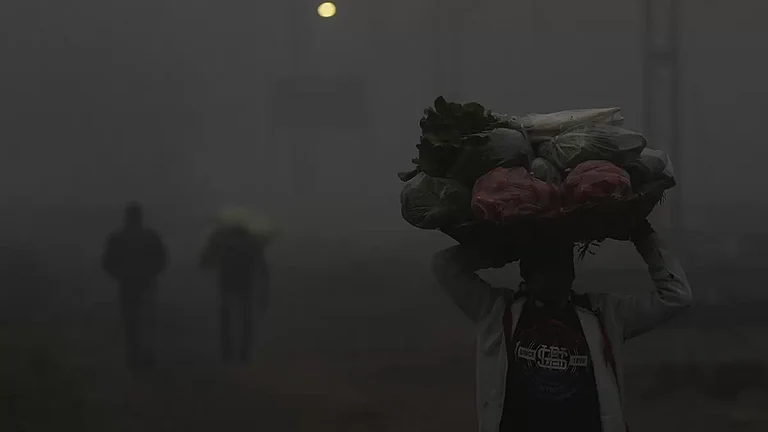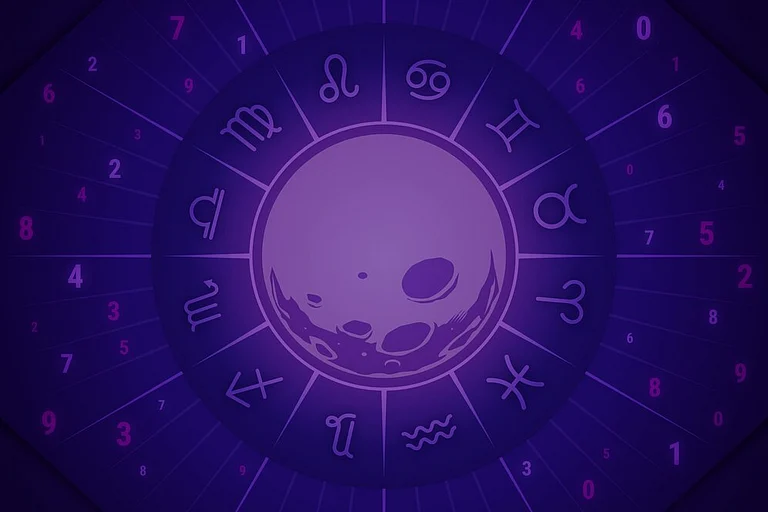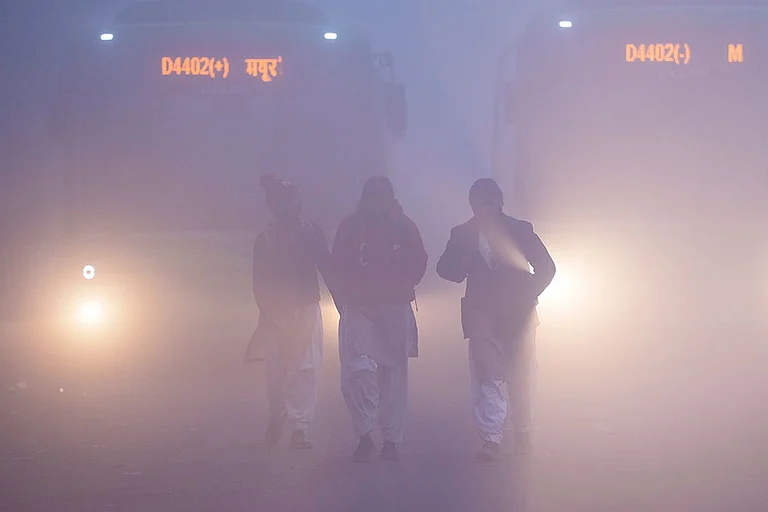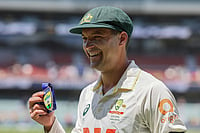Over the years Australian cricket teams, rightly or wrongly, have been renowned as masters of the sledge, the abusive word, the mental disintegration of opponents and as the downright symbols of sporting arrogance. That dimension, sadly, undercut the respect rightfully theirs because of a commitment to excellence, fitness and sheer hard work. The whole organization of Australian cricket set out to be the best in the world, and achieved that, as demonstrated by the numbers of Australians coaching international teams and playing in English county cricket. For every Australian in the national side, several others of similar quality can only watch from the spectator-deserted realms of state cricket. The quality of Australia's playing performance is unquestioned.
What the latest Harbharjan Singh episode reveals, however, is some serious questions about the nature and mental attitude of the Australian game in dimensions running from the on-field approach through the game's management to the Australian media's handling of affairs.
It is worth starting with the last of those, the media, because there is a sense that the Australian players, or at least some of them, are in a continuous feedback loop from what they read and hear. Rupert Murdoch's Australian newspaper cricket writers have been noticeably pro-Australian during this series. Following the Harbharjan appeal result, one piece in that paper referred to India's "bleating", its "petulant outburst", and to its brinkmanship in handling the matter. The piece then accused Ganguly of not walking in Adelaide (when there was clearly a bump-ball possibility), the team of excessive appealing and, ironically delightful, of M.S. Dhoni sledging the helpless Michael Clarke. The world has turned on its axis, indeed, if all that could be defended: no mention of Virender Sehwag being clearly sledged by Hayden and so on.
That approach has extended to the Channel Nine commentary fed to the Australian and international public. The judicious Richie Benaud is now edged out by the partisan efforts of ex-players like Ian Healy who constantly referred to "we" (as in the Australian team) doing this, that or the other. At times, it seemed there was only one team playing. That approach has stoked up the manufactured nationalist sentiments now bandied about by all and sundry, and being taken up by the Australian public if talkback radio is any indication.
This selective analysis is underscored by the mysterious newspaper appearance of some of the Channel Nine stumpcam microphone footage. What has appeared is what the Australian players were saying had happened, not what Harbharjan and other Indian players might have said. The fact that Hayden uses the specific term "racial vilification" as on-field banter is remarkable.
This could all be dismissed as one-eyed nationalist ranting to be forgotten about and not reported, but for the fact that it is dangerous in the global sense of the game. At the on-field level it is easy to see it as just the Australian players having unexpectedly "glass jaws", the ability to dish out on-field invective accompanied by a lowered capacity to absorb it. That would gladden the hearts of international players everywhere, giving them incentive to improve and to compete harder against the world's best.
More broadly, though, the Australian media has climbed on the bandwagon bearing the banner "India is throwing its weight around because it is the world's richest cricket nation", and subscribing surreptitiously, even openly, that such a condition bodes ill for the game's future.
Now, let us be clear: India bears as much responsibility both for the current and future conditions of the game as any other cricket nation. That goes for on-field behaviour as well as corridors of power performance, and even the staunchest Indian supporter should concede that there is always room for improvement in both spheres. Harbharjan does need to lift his game, as it were, and Indian cricket officials need to get much better at having their attitudes and approach better understood internationally. Improved clarity around innovations like IPL will improve international understanding, because current reportage of that confirms extant views about the Indian game being driven by dollars and magnates. Hopefully, all will have learned immeasurably from the Sydney fiasco and its aftermath. There were some on-field signs of a thaw in relations (Lee's acknowledgment of Tendulkar's innings, for example – more of that would go a very long way to solving many things), but off-field there are fewer such indications.
What lurks here is the abiding possibility of a North-South/East-West split in world cricket. It came close during the apartheid era when countries like Australia and New Zealand looked like supporting South Africa against the natural wishes of post-colonial polities. The then playing power of the West Indies helped overcome that moment, but right now there is no obvious sign of a circuit breaker. Papers like the Australian are clearly of the view that India is becoming a new bully-boy in administering the game (disregarding the fact that the Harbharjan case was overseen by a Supreme Court judge and that, from the outset, there was a clear doubt as to the ability of the evidence to support the charge).
If the reported comments of senior Australian players and officials are to be believed, then the game has a serious problem, because there is a clear breakdown in communication between two strong-minded cultures in both the cricket and more general sense. It is at that point that the future of the ICC swings into view. With CEO Malcolm Speed about to retire, the ICC is at a critical point in its evolution. After slumbering for about 80 of its almost 100 years of existence, the ICC needs to become much more unified in its approach to directing and developing the game. Just at a quick glance, the ICC faces major political issues to do with the regimes in Pakistan, Sri Lanka and Zimbabwe; the playing weakness of West Indies; the increasing professionalisation of the game and the associated media necessities; the state of international umpiring; the relentlesshyping of the game to attract new crowds (what can there possibly be after 20/20?); all quite apart from the domestic development of cricket in places like England and New Zealand.
The point is this: if cricket is to have a serious future, its world and national governance system needs serious work. Much of that work must be driven by a desire to understand other points of view, not by a penchant for partisanship at every moment. Cricket's controllers must make serious efforts to set up real international dialogue, and all parties must be prepared to concede ground. If that does not happen, then episodes like Sydney and its consequences will continue to corrode cricket's future.






















